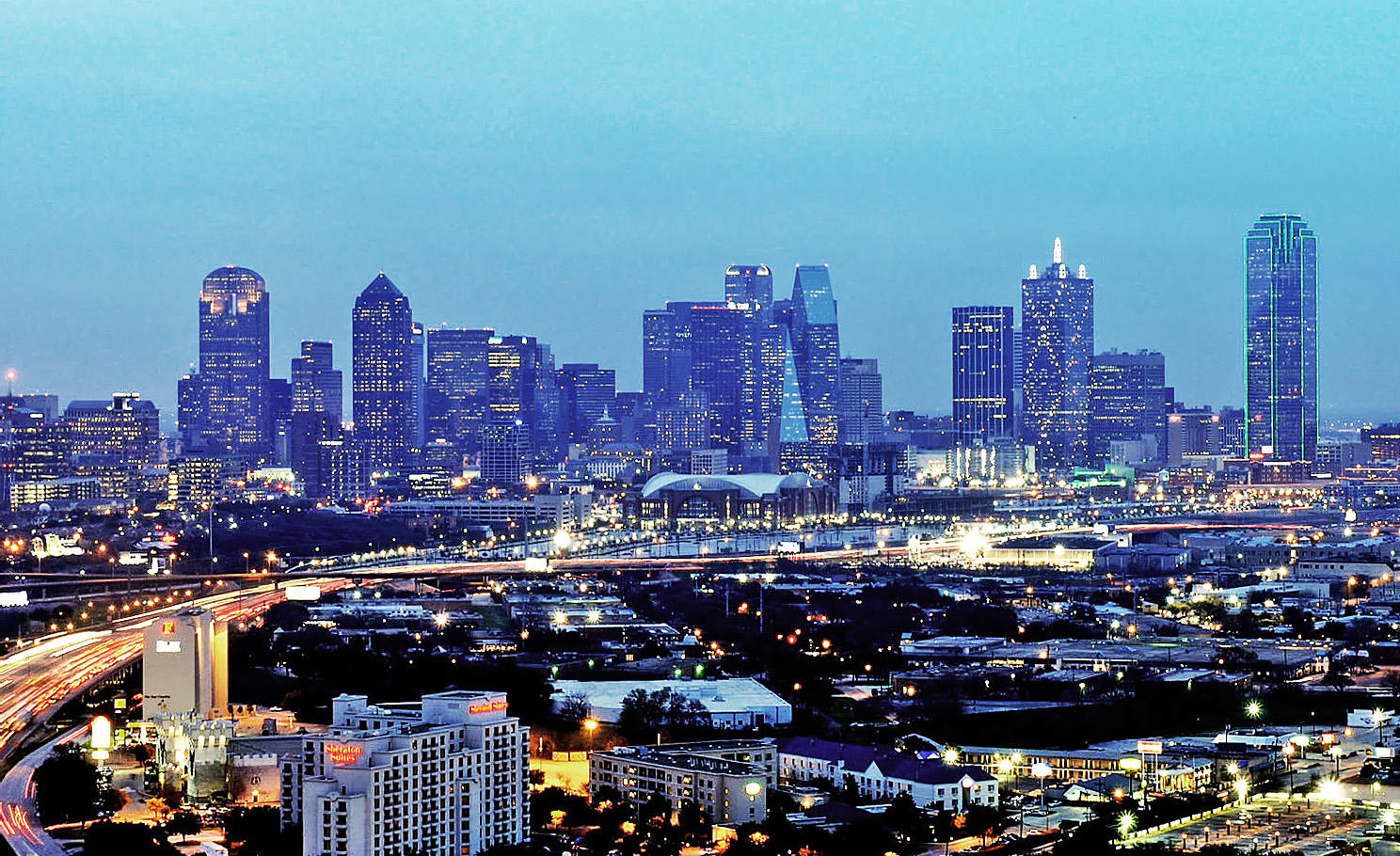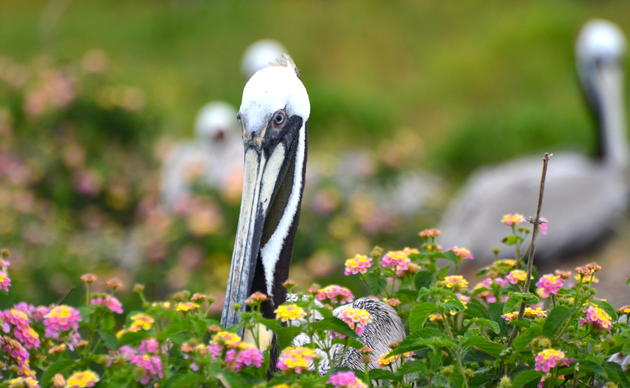Bird-Friendly Buildings

The lights and excess glass typical of urban areas present many challenges to birds. Both the transparency and reflectiveness of glass puts birds at risk of flying into windows. When transparency is the issue birds usually attempt to fly through the glass to reach something on the other side, such as indoor plants. Many windows reflect images of the sky and trees which lead to bird strikes. Birds fly toward what appears to be a safe space, but instead meet a pane of glass. Since birds are unable to perceive glass as a solid object it is one of the greatest human-related threats to bird safety.
Another risk to birds, especially neotropical migrants, is the massive amount of artificial light at night in urban areas. When birds cross a city during migration, the illumination from the lights can cause the birds to become disoriented and either crash into buildings or become trapped in the light beams. These birds may be at higher risk of mortality due to exhaustion or predation.
With the majority of our development and population growth focused around our urban areas, it is important to raise awareness about actions we can take to make our cities and suburbs bird-friendly.
Learn more about what you can do to make your home or office safe for birds:
D-Bird
Help us monitor bird strikes across Texas by reporting any dead or injured bird sightings on D-Bird. Created by New York City Audubon in 2014, D-Bird is an online crowd-sourcing collection tool that provides a simple way to report any dead or injured birds you may come across. Visit our D-Bird page learn more or check out the tool at d-bird.org/tx/.
Window Alterations
If you have a problem with bird strikes at your home or office there are a variety of things you can do to help make your windows more visible to birds, such as adding netting or screens, films, decals, strings, tape, using UV technology, and ceramic fritting. Be sure to assess if your strike issue is a result of transparency or a reflection to help determine which alteration would work the best for you. Decals should be placed on the exterior of the window if reflections are the issue, and they can be placed either inside or out for a transparency problem.
Feeder Placement
Move all feeders either 3 feet or less from a window or more than 30 feet away. Placing feeders this close to a window might seem strange, but it is actually the safest place for them. When a bird takes off from a feeder at that close of a range it will not be going at top speed, and will be less likely to die if it flies into a window. Consider placing them close to natural cover, like trees, whenever possible so there is a safe area for feeder birds to fly into if a hawk or other predator shows up.
What Doesn’t Work
There are many recommended solutions to bird strikes that have not been proven to have a significant effect on strike numbers. Hawk silhouettes are one of the most commonly used examples of this. The shape of the decal does not make a difference; however, the number of decals used and their spacing does. Many times only a single hawk silhouette will be placed on the glass, but you should instead use many decals spaced 2” apart vertically and 4” apart horizontally. Some other “solutions” that are not usually successful include plastic owls, noise deterrents, and magnetic fields.
Lights Out
Regardless of whether or not you have an active bird strike issue at your home, you can still make your area more bird friendly by participating in lights out during migration. From 11pm-6am during both spring (March to May) and fall migration (late August to November) turn off all unnecessary outdoor and indoor lights. Use task lighting and draw curtains or blinds in order to reduce the impact of any other light. Turning lights out at night not only helps birds; it also saves money and benefits human health.
Choosing Lights
Many exterior lights provide us with a sense of security at night, so it is unrealistic to expect every street light to be turned off from 11pm to 6am during migration. Instead, we should focus on the type of exterior lights we are choosing. Efficient “dark skies compliant” exterior lighting would direct downwards and its usefulness could be maximized by directing it into target areas. Cutoff shields can be added to street lights that are already in place to redirect any upward light. Other light options include motion sensors, and different colored lights.
How you can help, right now
Join Audubon Texas Today
Becoming a member supports our local work protecting birds and the places they need.
Consider a Legacy Gift for Texas
Planned gifts and bequests allow you to provide a lasting form of support to Audubon Texas.
Subscribe to Our Newsletter
Subscribe to our newsletter for updates about Audubon Texas's conservation work, and news about our activities and local events.




